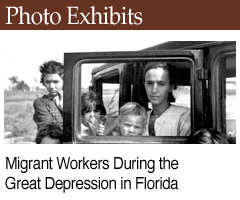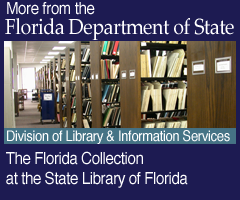A Guide to New Deal Records
at the State Archives of Florida
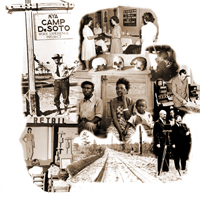
Introduction
The purpose of this guide is to identify and describe those public records pertaining to Florida's New Deal era (1933-1942) housed at the State Archives of Florida. We hope this guide will assist and promote research into this time period.
Florida and the New Deal
In early 1926, few people could have guessed that Florida would soon be in the midst of a Depression. On the surface, Florida was booming. Tourism was high, land sales were reaching astronomical heights, and new residents were coming in every day. Florida was the nation's playground. But behind the image, there already existed widespread poverty, especially in the rural regions. Then in September 1926, a devastating hurricane hit South Florida and ended Florida's land and tourism boom. Then three years later, the 1929 stock market crash pushed the rest of the nation into what became known as the Great Depression.
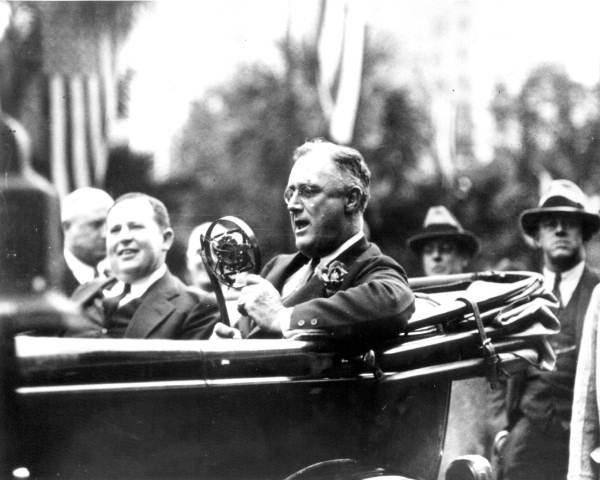
Florida was in dire need of relief. Its tax rolls were exhausted, there was no government apparatus for relief work, and its state constitution forbid both direct relief and deficit spending. Then in 1932, two men from New York were elected to office. Former New York Governor, Franklin D. Roosevelt was inaugurated as U.S. president, and promised "a new deal for the American people." His administration quickly established several new relief programs, began offering Federal aid to the states, and changed forever the role of the federal government in people's lives. Soon known as the New Deal, these changes included workman's compensation, social security, and unemployment insurance. There were also the slew of "alphabet" relief programs, such as the CCC, WPA, FERA, NYA, PWA, NRA, and CWA.
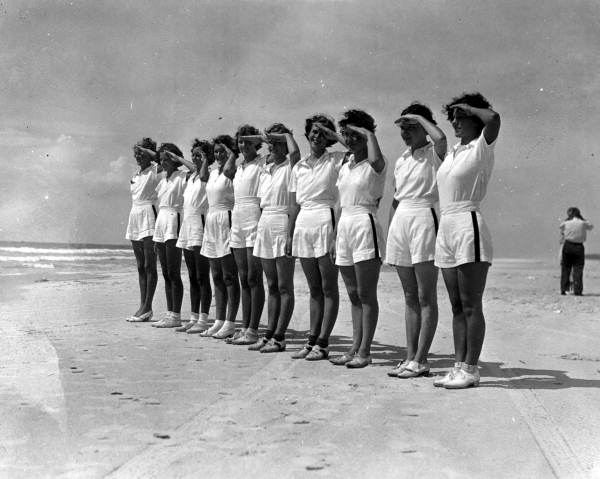
Meanwhile, in Florida, another New Yorker was elected governor—Dave Sholtz. An acquaintance of Roosevelt, Sholtz moved to establish links between Florida and the New Deal, including establishing a State Welfare Board, a State Planning Board and a Florida Emergency Relief Administration to accept federal aid. Soon Florida had CCC, WPA, NYA and PWA projects throughout the state. The New Deal was discontinued at the outbreak of WWII, as the draft and emerging defense industries and spending finally lifted the nation out of the Depression. But still today, there are remnants of this period left in Florida, including many state buildings, state forests, roads, and the Florida Park Service.
About the State Archives of Florida
The State Archives of Florida is the official repository for the public records of the State of Florida. The Archives is mandated by law to collect, preserve, and make available for research the historically significant records of the State, as well as private manuscripts, local government records, photographs, and other materials that complement the official State records.
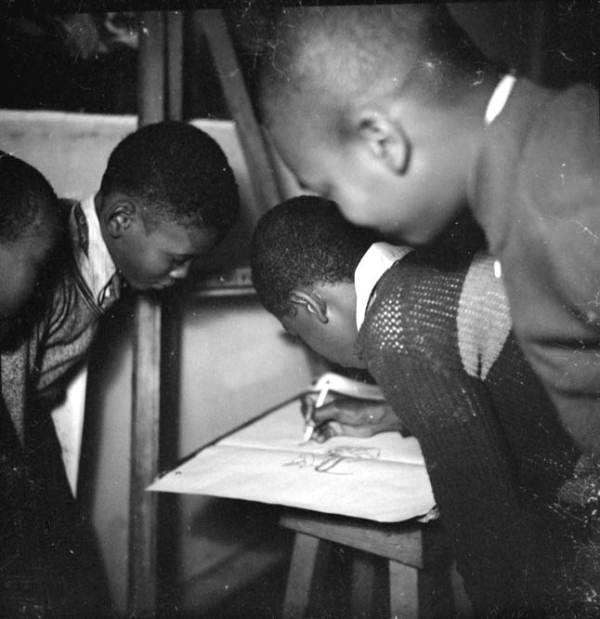
Before 1967, there was no official State Archives for Florida. Following the United States acquisition of Florida the Legislative Council of the Territory created the office of Keeper of the Public Archives--but that position was abolished in 1848. Starting in 1925, the Florida State Library assumed archival functions within the state. Dr. Dorothy Dodd served as the first State Archivist and helped to preserve many early Florida records from destruction. Then in 1967, the Archives and History Act officially established the Florida State Archives. Located first in the Old Leon County Jail, it moved to its current location in 1976—the R.A. Gray building. Today, the State Archives program is operated within the Division of Libraries and Information Services, under the Department of State.
Access to Records
Records at the State Archives are available to patrons in accordance with the laws of Florida and the operating rules of the Archives. All public records are open for use except for those specifically restricted by law or rule. You may obtain copies of the laws and rules regulating the Archives and access to the records of Florida government from the reference desk. Some personal papers or manuscript materials donated to the Archives may be subject to special conditions or restrictions imposed by the donor(s).
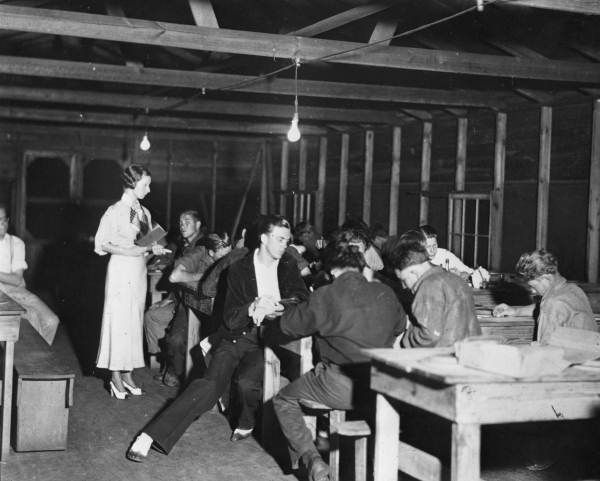
How to Use this Guide
The following guide is divided into three sections. The first part is a listing of all the archival collections by record group. A record group is the entire collection of a particular creating body, usually grouped at the division or departmental level, e.g. Governor's office, or Division of Historical Resources. Sometimes, however, the record group is simply the custodian of the records at the time of their transmittal to the State Archives. (For instance, the Florida Park Service records are found within three separate Record Groups.) Listed below the record group are the various series and their descriptions. A series is one collection of records created by an agency for a particular function or purpose. This is the level at which collections are pulled. Therefore, the series number (denoted with either S or a M, followed by the number, e.g. "S 1876", "M97-6") also serves as the call number. If you need more detailed information than that offered here, check the State Archives of Florida online catalog. Search by the series number.
The next section is a listing and description of the various New Deal programs. Following each description is a listing of all the series that pertain to that particular program. Only those programs for which we have collections are listed. The final section lists other sources for Florida-New Deal research.
Two online photo exhibits feature images from the New Deal Era:
- Migrant Workers During the Great Depression in Florida
- Conch Town: A Photographic Exhibit from the Florida Art Project, WPA
If you have any questions, you can contact the State Archives of Florida by email, or call at (850) 245-6700. Reference staff is also available onsite to answer any questions or concerns in person. For researchers, it is a good idea to contact the archives ahead of time to ensure the best possible experience. Also, check the Archives' Web site for a listing of rules and regulations.
Acknowledgements:
The Archives wishes to thank Heather Shuke-Nelson for the guide's initial layout and for her creation of the Florida New Deal photographic collage.

 Listen: The Latin Program
Listen: The Latin Program
